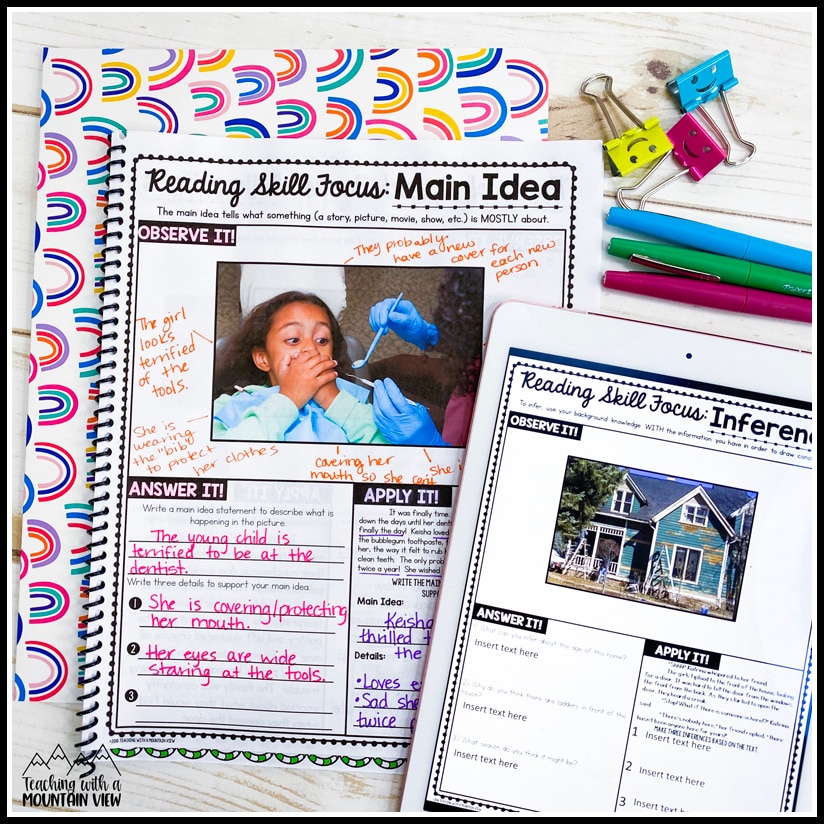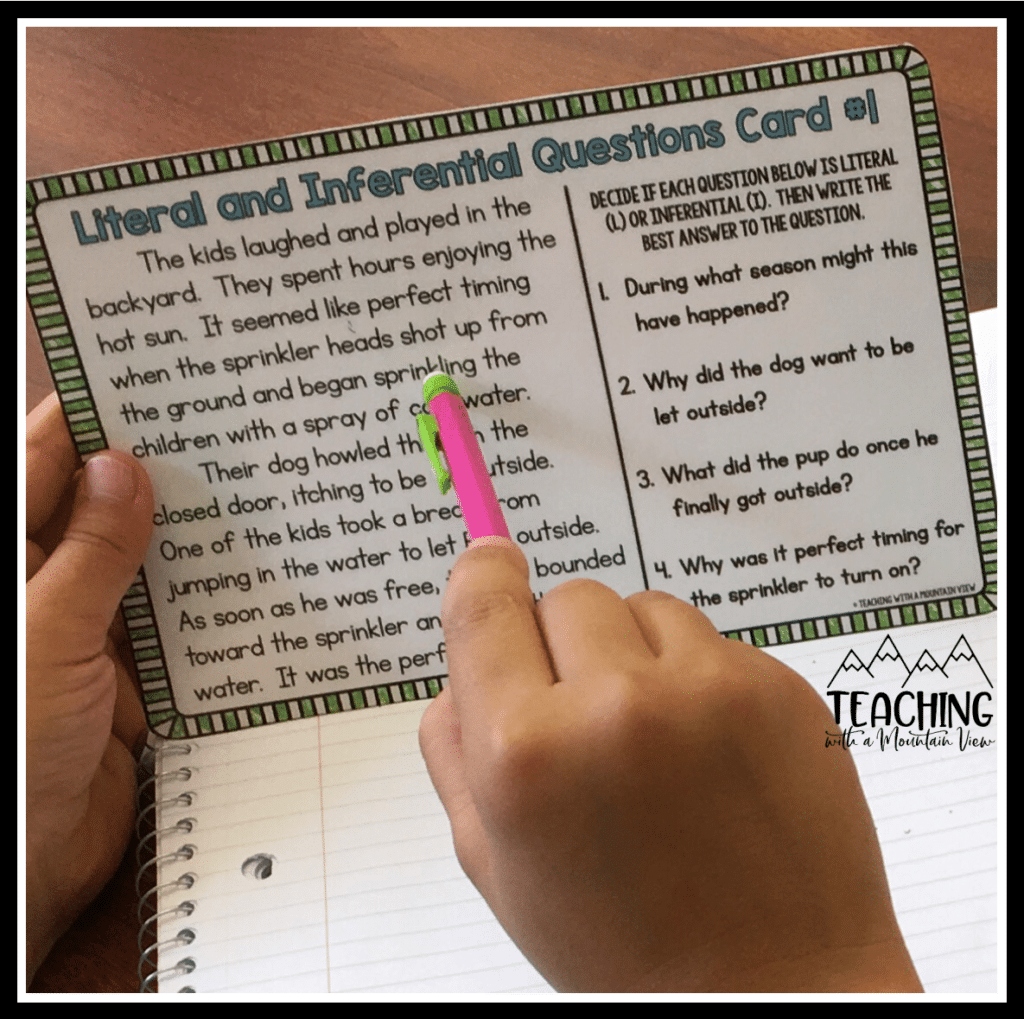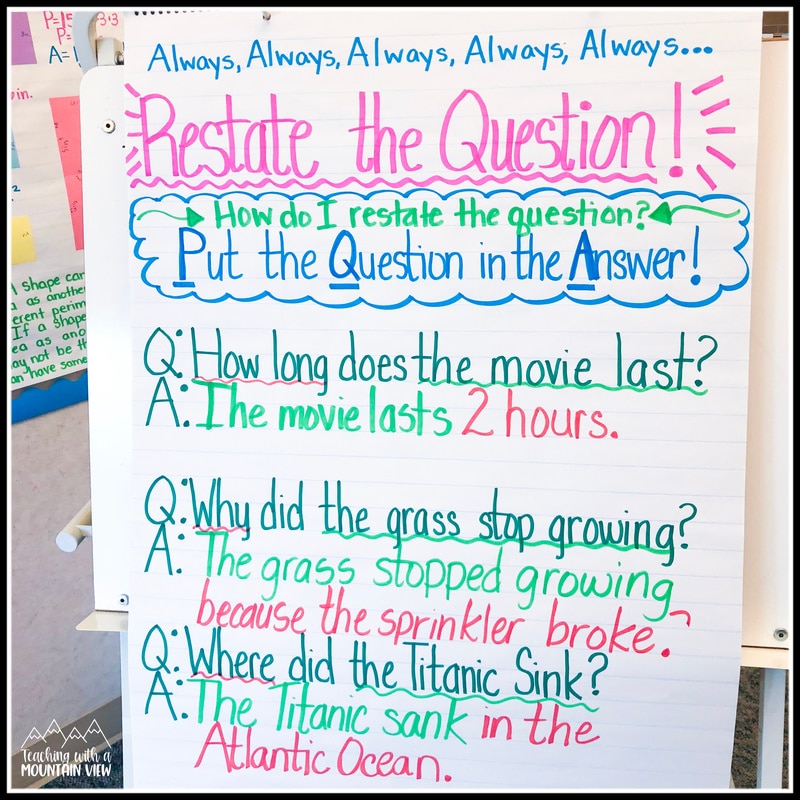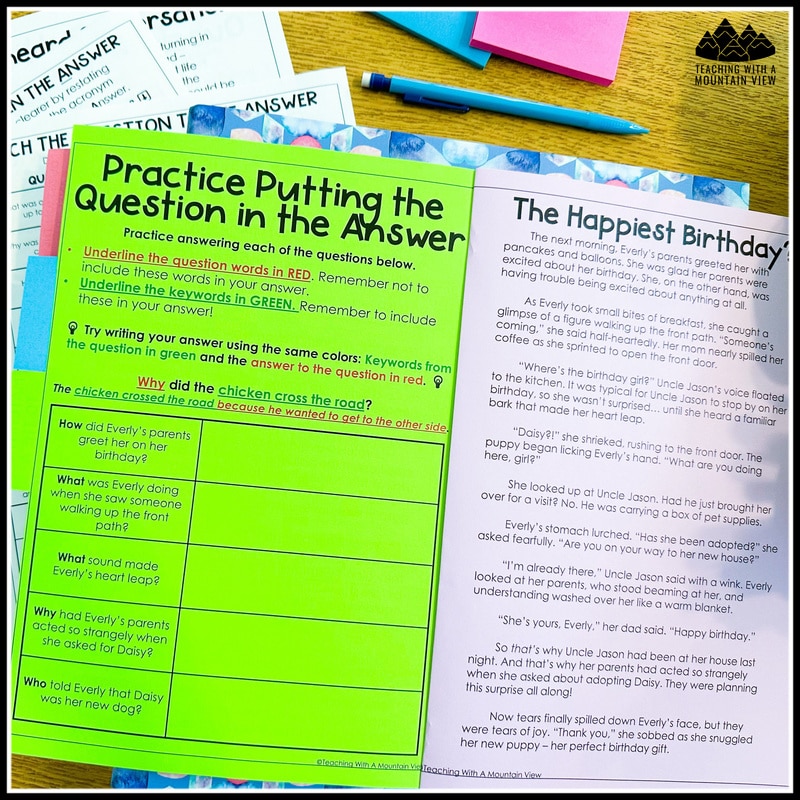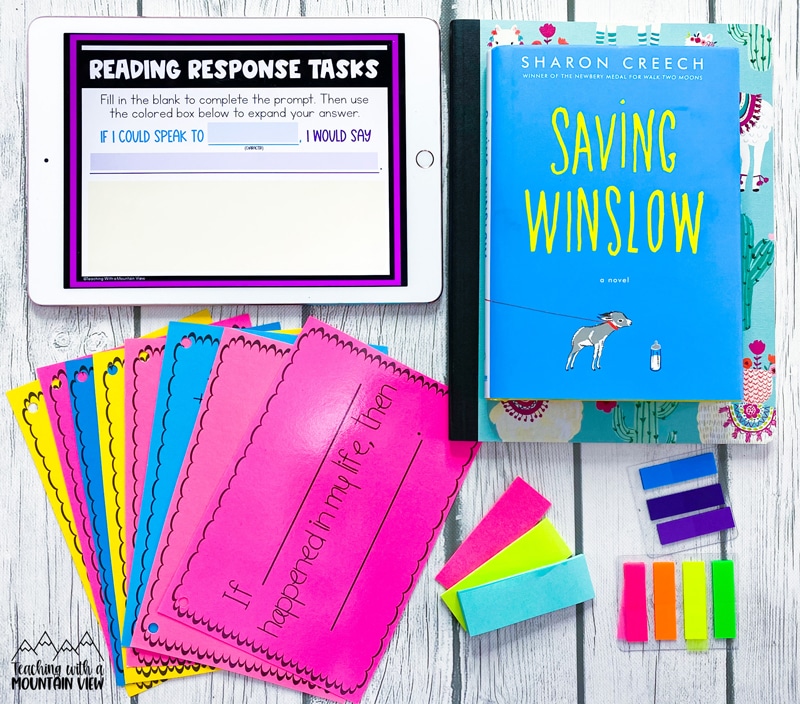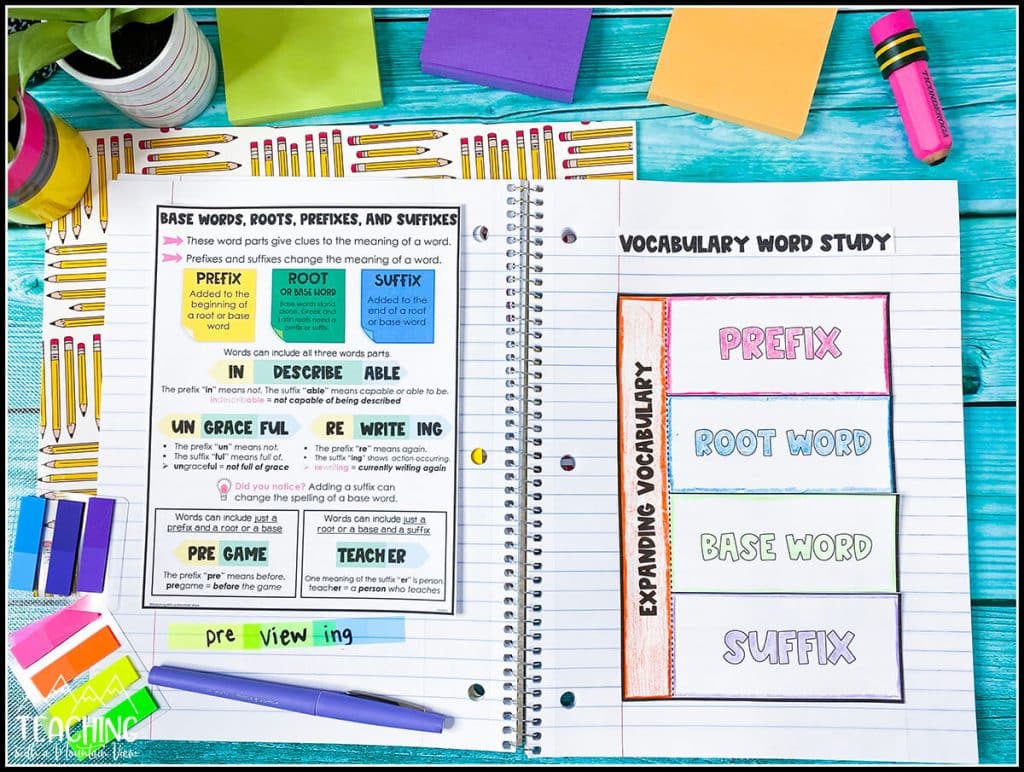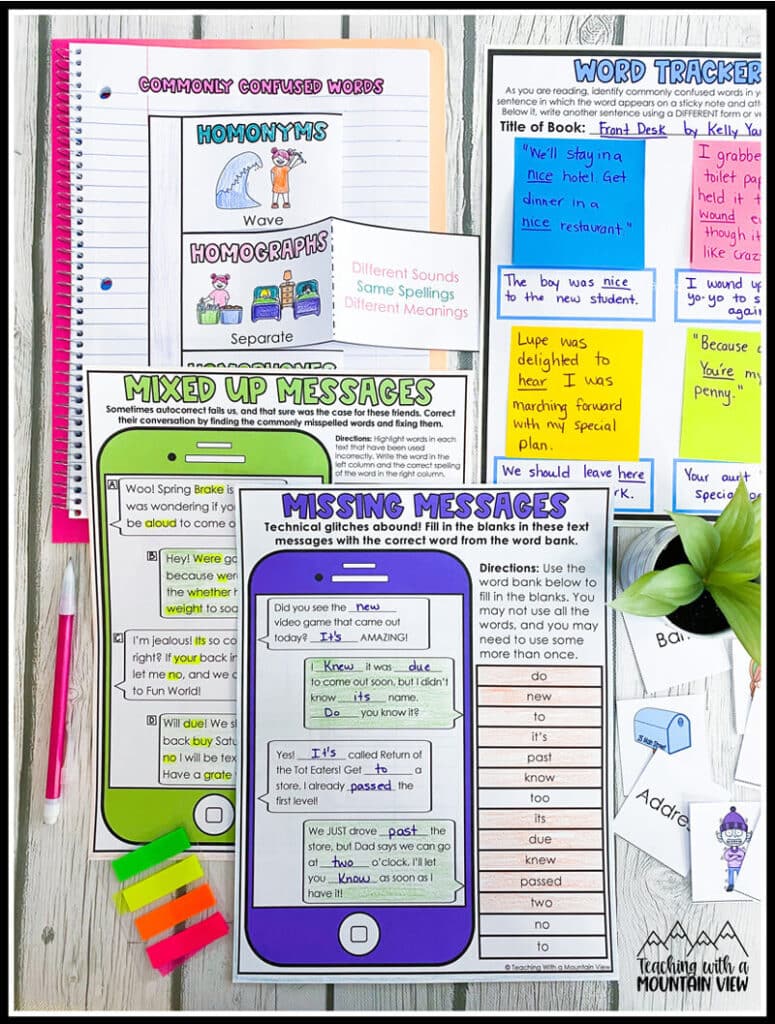Observation-Approved Literacy Resources: Tried and True Literacy Teacher Observation Lessons
By Mary Montero
Share This Post:
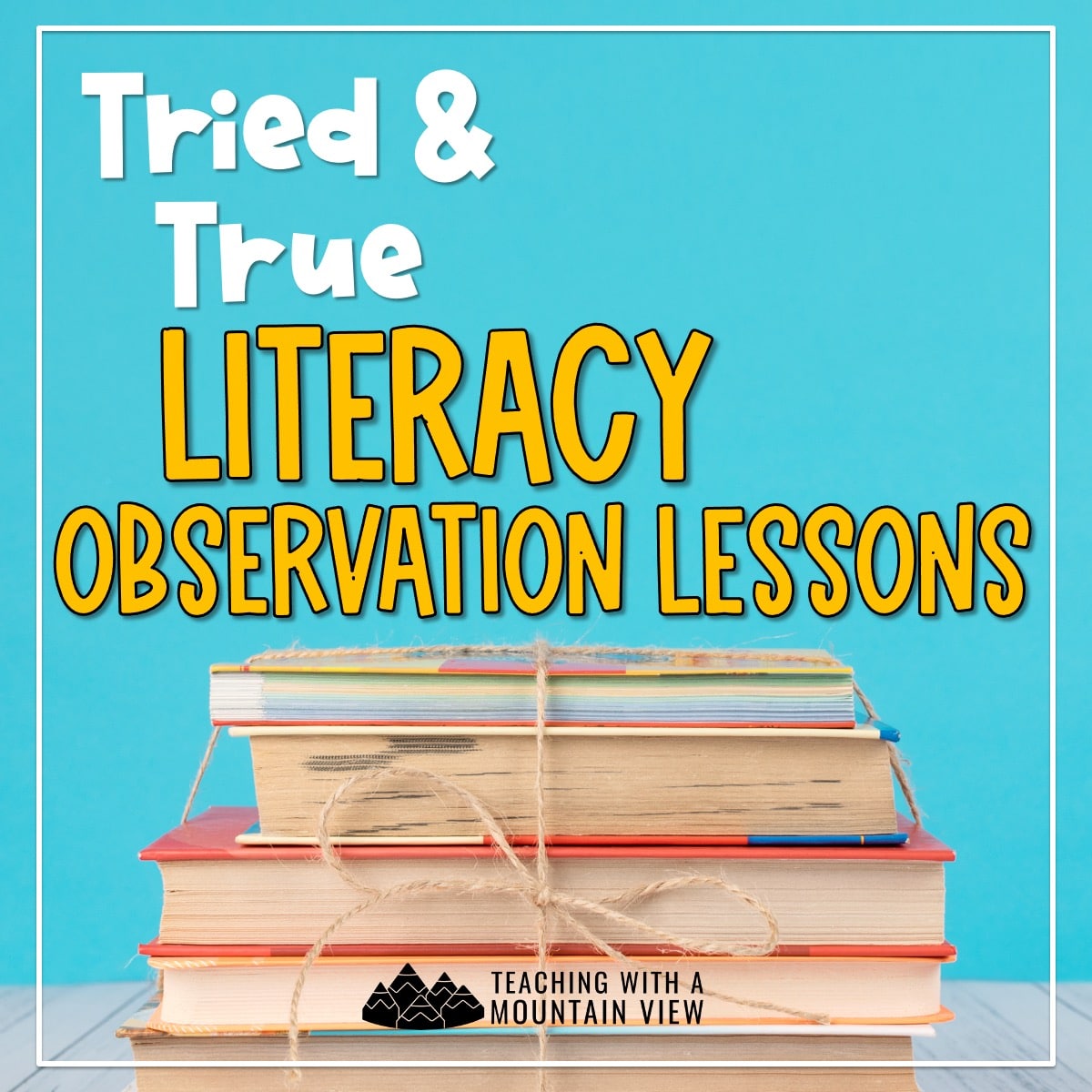
If you’re looking for literacy teacher observation lessons that will impress your administrator during your next formal observation, then you’re in the right place! If you haven’t read the first post in our series yet, you can find general classroom observation success tips to use all year long in this post. I also shared tried and true math teacher observation lessons to use at the beginning, middle, and end of the school year. These are all lessons that I have personally used during my teacher observations/evaluations during my 15 years as an educator!
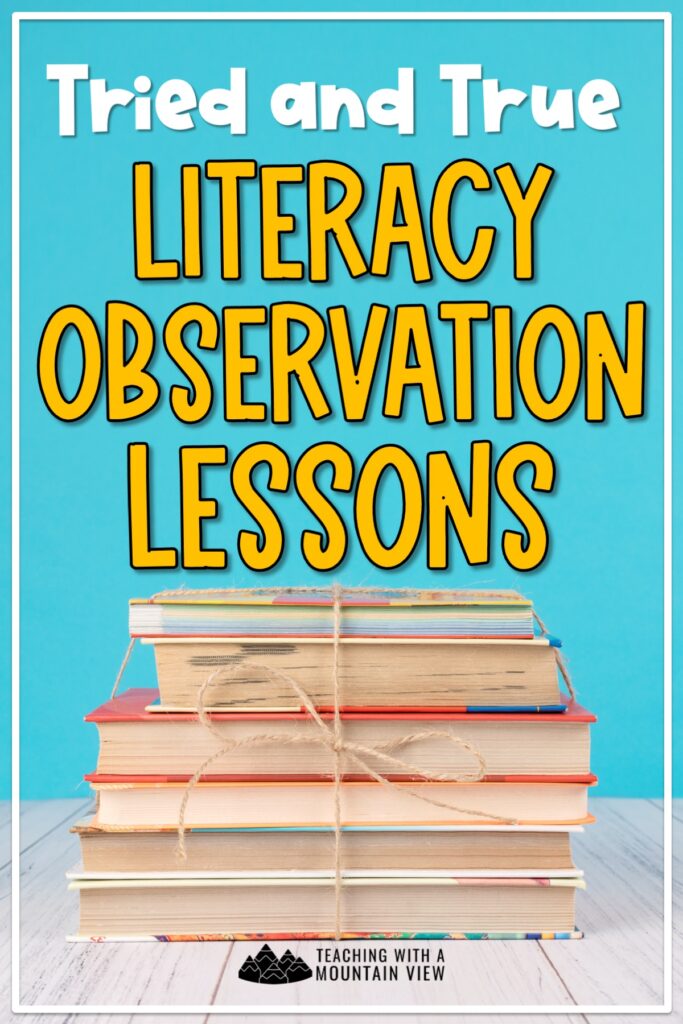
Literacy Teacher Observation Lessons: Beginning of the Year
For literacy teacher observation lessons at the beginning of the year, it’s important to highlight your ability to establish routines and provide instruction for foundational skills students will use all year. It’s also a great time to show off those classroom management strategies your class has been developing.
Literal vs Inferential Observations
Teaching students the difference between literal and inferential thinking is one of my must-do lessons at the beginning of every single school year because it helps students develop the foundations for important critical thinking and comprehension skills. Literal observations involve understanding and recalling facts directly stated in the text. In contrast, inferential observations require students to draw conclusions or make educated guesses based on implicit information in the text. Both types of inferences work together to improve comprehension and analytical thinking.
At the beginning of the year, I like to keep our lessons very concrete and hands-on. I’ve found using pictures is the BEST way to teach inferences. Interesting pictures create engagement and foster the conversations and questions we need to really dig into inferences.
We start with an interactive inference anchor chart. Visit this post to see how I modify the anchor chart for different grade levels.
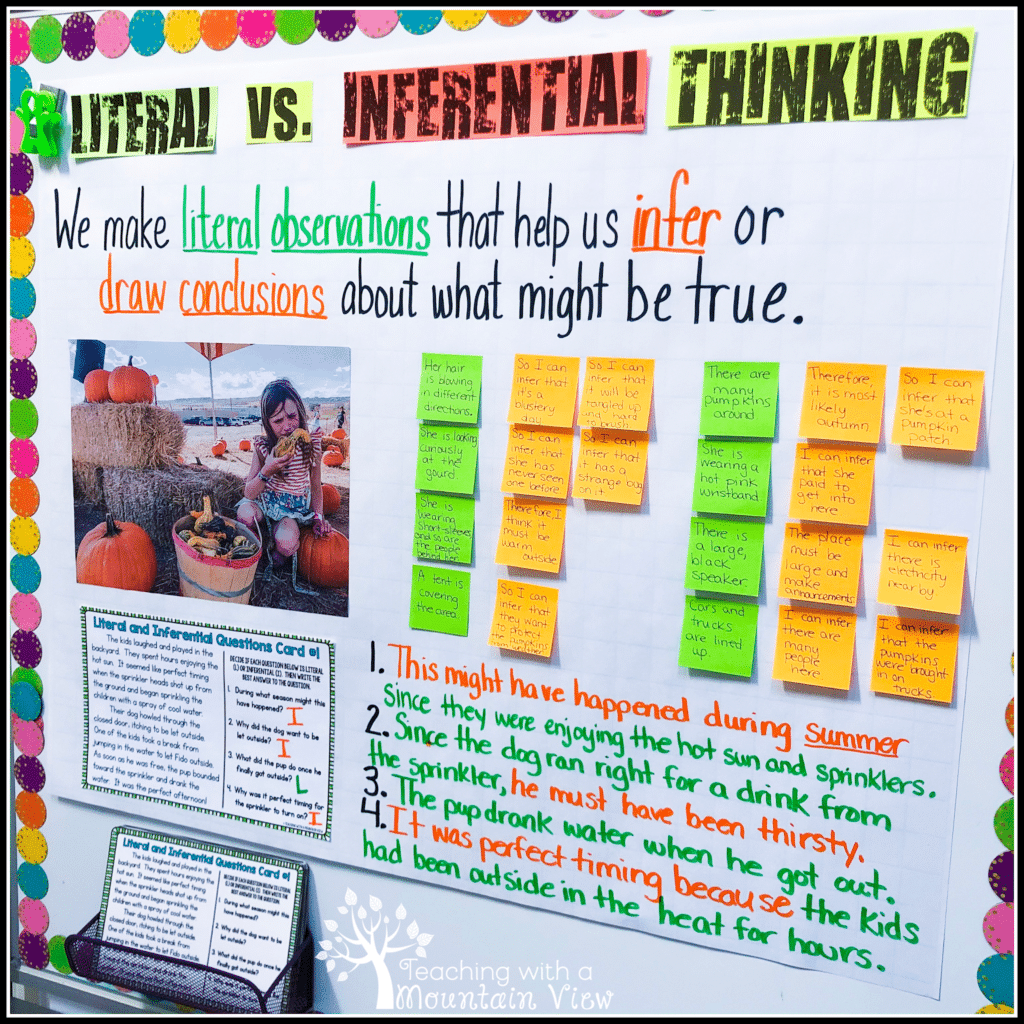
As students make better inferences, I remove the scaffolding of pictures and move toward making inferences from texts alone. We work through one Inference Using Pictures to Teach Reading Skills page together to introduce how this can be applied to our reading.
Then, we use these half-page task cards with high-interest passages and questions in our centers.
Restating the Question
Teaching students to restate the question is another important lesson for the beginning of the year because it’s a skill students will use all year long. Restating the question requires students to think about what the question is actually asking, which is a crucial component of reading comprehension. Students not only need to read carefully but also write carefully.
I start by introducing PQA, Put the Question in the Answer, with an anchor chart and flipbook activity. This restate the question flipbook activity combines high-interest reading passages with step-by-step activities to teach students how and why to restate the question in their answers.
For my actual literacy observation lesson, I prefer to have my principal observe our second or third lesson about restating the question because these lessons are super interactive and show deeper understanding. In these lessons, we do group work to show WHY it’s so important to restate the question and to also see some of the incorrect ways that students sometimes write their answers.
I write six different answers to questions on a piece of chart paper. Each group of students create the QUESTION that is being answered. For their first try, the answers are usually ALL OVER THE BOARD! The answers typically have almost none of the question in them, so it’s nearly impossible for the students to figure out which question goes with each answer. Then we discuss what made it a “bad” answer. You can read this post for more details about this inferencing activity.
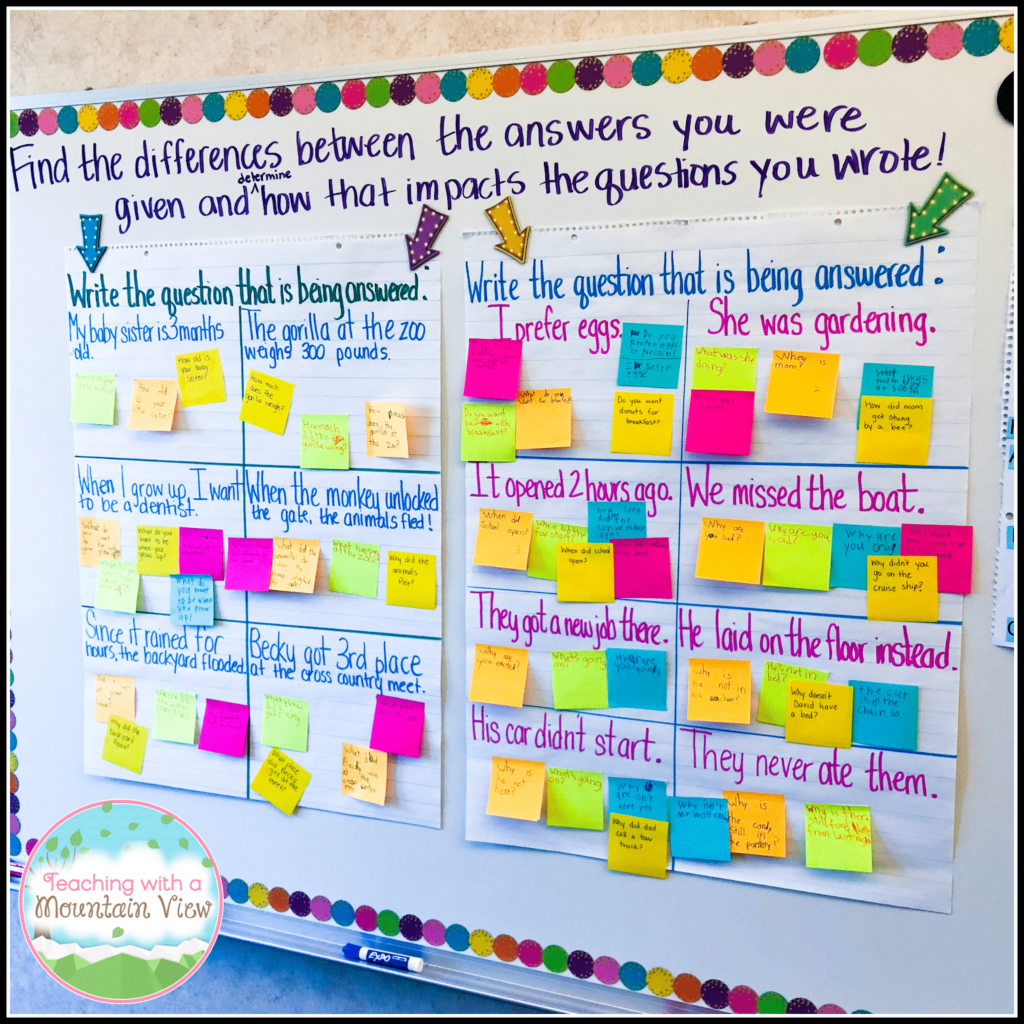
Oral Reading Fluency
Explicitly teaching oral reading fluency strategies is another one of the very first reading skills I teach at the beginning of the year. It’s essential to provide a strong fluency foundation for comprehension success. Students who can read fluently are significantly more likely to understand what they are reading. That’s why oral reading fluency is always one of my reading rotations.
Each year, I start the year with a few mini lessons teaching students how to read fluently. I find it most effective to focus on one element of fluency each day for a week and then combine it all. These mini-lessons take about 10 minutes with 5 minutes or so of practice. Everything you need to implement these five days of fluency lessons is completely FREE and available here. Any of them make great literacy observation lessons!
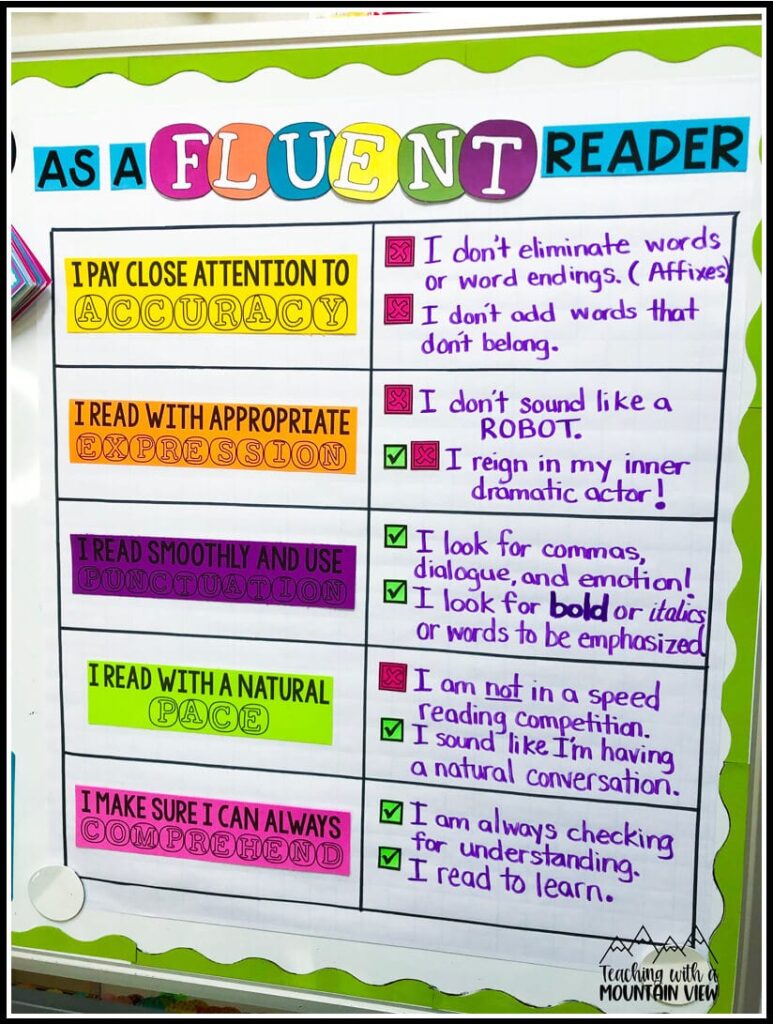
Literacy Teacher Observation Lessons: Middle of the Year
Once your routines are established, your middle-of-the-year literacy observation lessons are focused on digging deeper into standards and providing students with more independence. Productive group work and centers are always high on my list of skills to show off!
Point of View
Toward the middle of the year, my students have an idea of what point of view is, but they need to solidify their understanding of the types of third-person point of view and second-person point of view. As always, we create an anchor chart.
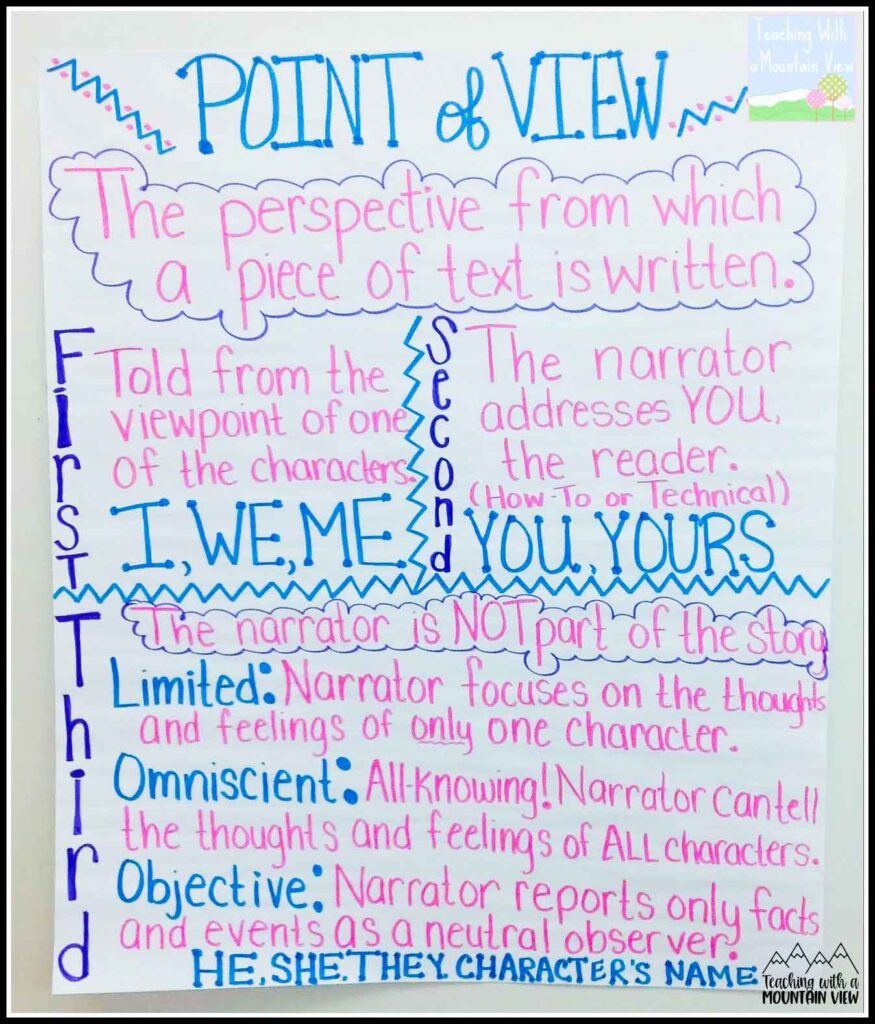
THIS is the part I love to have my principal observe. When it’s time to practice, pictures come to the rescue again! I download pictures off of the internet for topics like “learning to ride a bike” and “scored a soccer goal” and glue each of them to a large piece of construction paper. I separate the page into five different sections:
- Perspectives
- First Person
- Third Person Limited
- Third Person Objective
- Third Person Omniscient
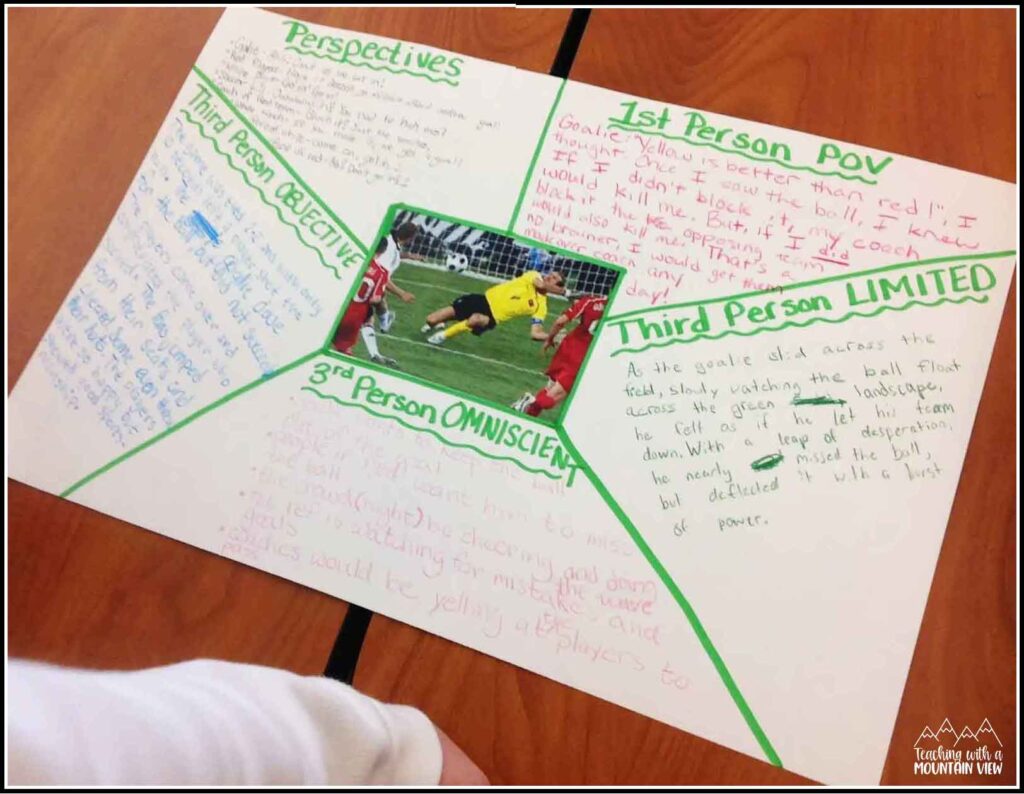
We discuss how similar perspective and point of view are, but that they are still a little bit different. Then students get into pairs to practice with one of the pictures. They write a blurb about each picture in one of the sections so they’ve practiced all 5 unique perspectives or points of view. You can get a closer look at the practice activity in this post! I’ll never forget the first time I used this lesson – my kids were SO enthusiastic and engaged!
Text Structure Posters
I love introducing or teaching text structures for literacy observation lessons! I start with an anchor chart to use as a reference throughout our unit.
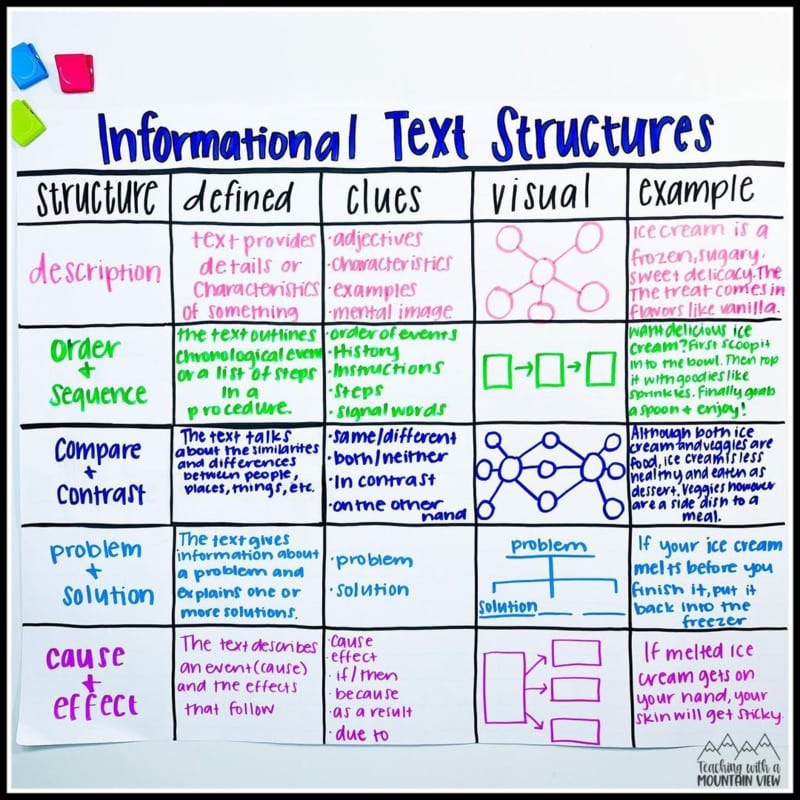
Then as part of my actual literacy observation lesson, I love to complete a carousel activity. I have students brainstorm five different topics that they could write information about. I divide up a piece of chart paper into sections for each of the types of structures. Students rotate around the room and write short sentences that fit the specified text structure AND topic. This is the perfect way to show that students deeply understand each text feature because they can not only identify it, but also generate it. It is a demonstration of skill application at its finest! Visit this post for more information about this lesson and followup activities.
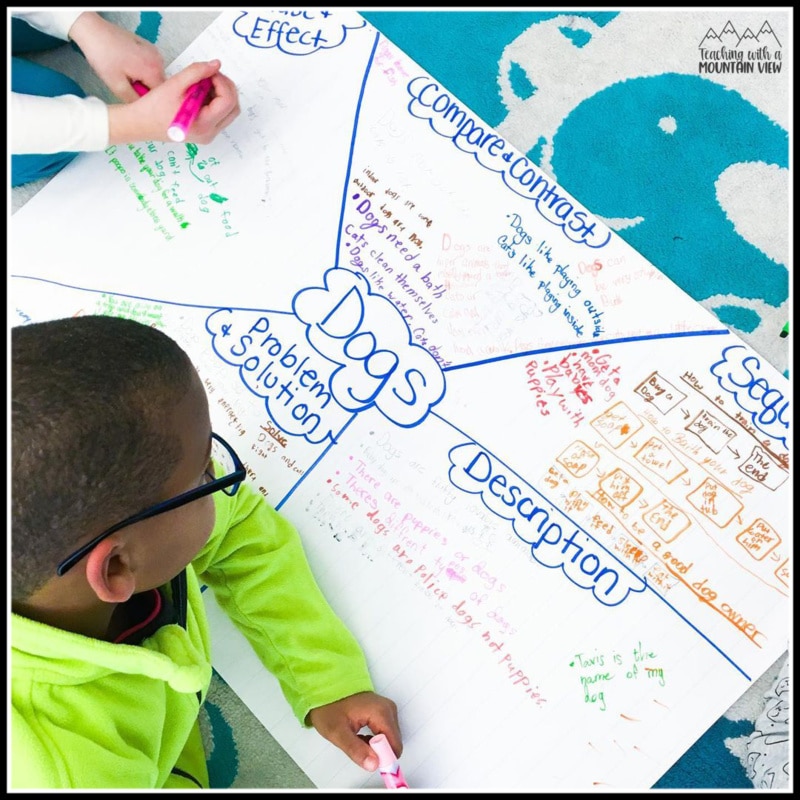
Sequencing Centers
Here’s one that I specifically created FOR an observation one year! I had just taught sequencing to my students, but I had an observation coming up. Sequencing might seem like a pretty basic reading skill, but this sequencing passport activity takes it to the upper elementary level. This lesson is the perfect opportunity to show your principal that your students can work in centers efficiently. I have students move from center to center and earn a stamp as they complete each task. Each activity is labeled as a “land” like “Comedyland” or “Mathland” to tie into the passport theme. Visit this post to see inside each center.
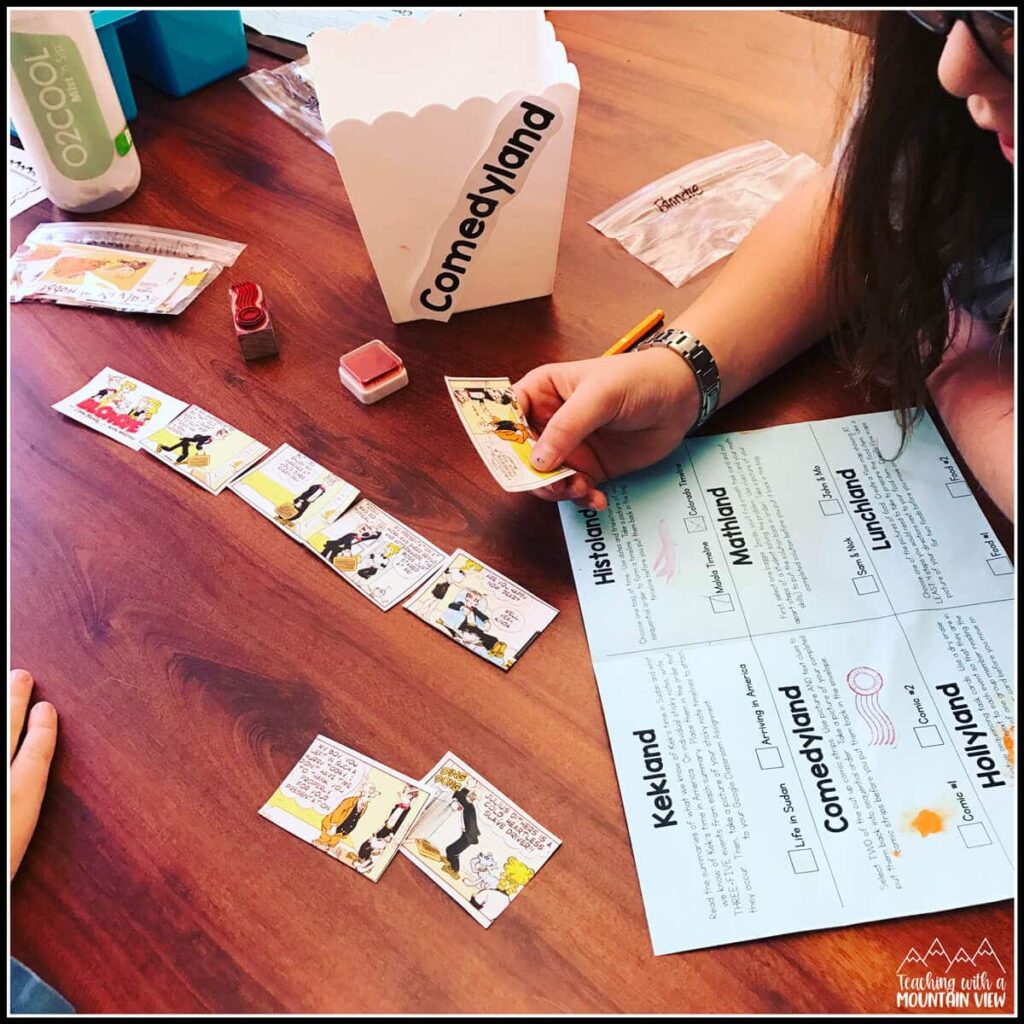
Literacy Teacher Observation Lessons: End of the Year
At the end of the year, your literacy observation lessons should highlight student ownership of learning and cumulative review that shows grade-level mastery.
Novel Reading Response Activities
The second semester is always full of novel studies, and the end of the year is an especially great time to show off your students’ discussion skills! After completing a novel, your principal will LOVE seeing students have round-table discussions or Socratic-style seminars in their small groups. These small group discussions are designed to help students think deeply about the text and hear other students’ thinking to expand their understanding.
If you aren’t familiar with the Socratic seminar approach, it’s essentially an open-ended discussion format that encourages critical thinking, active listening, and respectful dialogue around a text using a set of open-ended questions. The goal is to deepen the students’ understanding of the text, develop their analytical skills, and foster collaborative learning.
Your goal is to create a discussion where students not only share their own ideas, but also respond to each other’s viewpoints. Your goal is to start the discussion, but then take a minimal role. They’re a great opportunity to show off your students’ comprehension and analytical thinking skills! These free open-ended comprehension cards are perfect ways to start the discussion.
Fiction Comprehension Review
The end of the year is also the perfect time to review comprehension, especially if your literacy observation lesson falls during test prep season. You can highlight your students’ comprehension skills and their ability to stay on-task with interactive practice using this quick comprehension review activity.
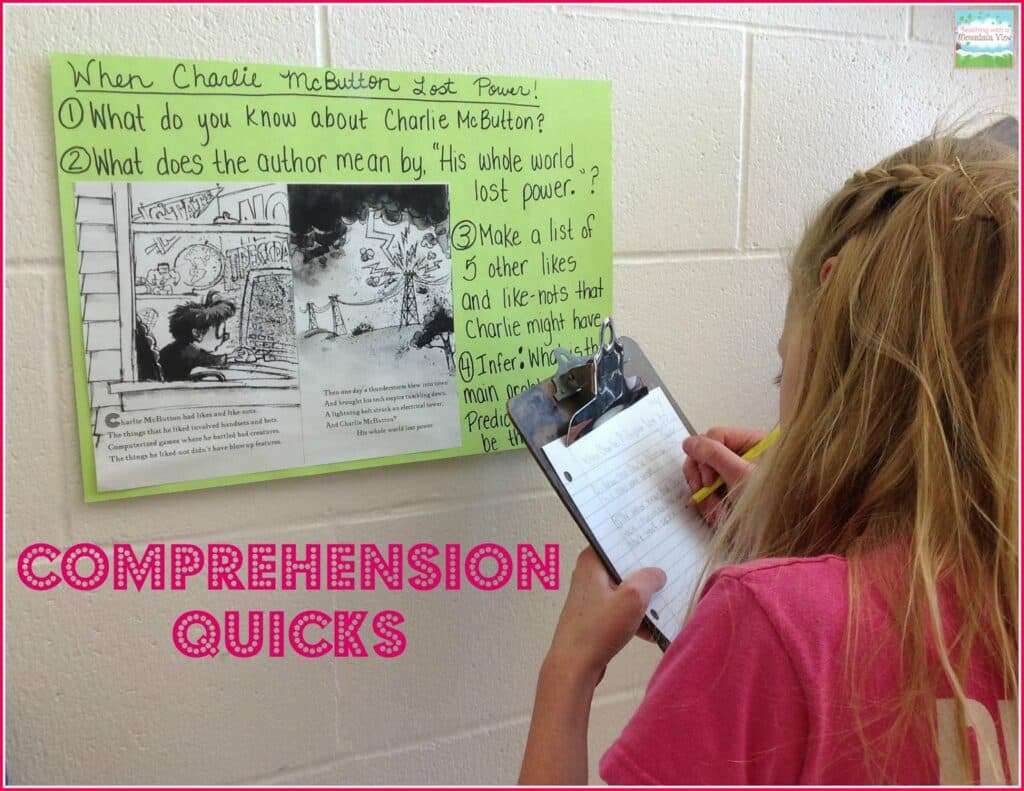
I gathered eight books with intriguing first pages. I copied the first page of each book and wrote 3-5 comprehension questions (both literal and inferential) about the first page. Then I taped the pages up all over the hall and students walked around with clip boards answering the questions. Each page took students about 5 minutes to complete, so you’ll pack a lot of comprehension practice (using authentic texts!) in a short amount of time.
Visit this post to download my book list and comprehension questions.
Morphology Lessons
Finally, morphology is a key part of the science of reading so it’s an impactful skill for your literacy teacher observation lessons. Morphology instruction supports vocabulary development and helps students decode (and understand!) complex words, an important part of literacy and reading comprehension.
Once students reach upper elementary, they have a lot of decoding strategies in their reading toolbox. As texts become more complex though, introducing new vocabulary skills is crucial to their success. That’s where teaching prefixes and suffixes along with roots and root words comes in. Visit this post to download a free prefix, suffix, and root bundle to choose from a wide variety of lessons that are all perfect for your end-of-the-year observation.
Commonly confused words are also perfect for morphology observation lessons. This post has a variety of lessons and a free commonly confused word kit to guide your students through analyzing homophones, homographs, and homonyms.
More Classroom Teacher Tips
If you loved these literacy teacher observation lessons, I’ll share one more classroom observation tips post in a few weeks, this time all about “out of the box” lessons that always impress. Until then, you can read these posts for even more general classroom success tips!
Mary Montero
I’m so glad you are here. I’m a current gifted and talented teacher in a small town in Colorado, and I’ve been in education since 2009. My passion (other than my family and cookies) is for making teachers’ lives easier and classrooms more engaging.







